Fighting clothing for a firefighter. Characteristics and types of firefighter combat clothing
A firefighter - every second boy dreamed of becoming one in childhood. And only a few have made their dream come true. This profession is very dangerous for the life and health of workers, therefore, the developers approach their clothes with special care.
Clothes guarding life
Firefighter's combat clothing is classified according to its protective properties:
- Equipment suitable for use in certain climatic conditions, manufactured in accordance with GOST 15150-69.
- Equipment that protects against physical and mechanical harmful effects.
- Equipment that protects against thermal radiation.
- Equipment designed for and performing operational and tactical operations.
- Equipment of constructive performance.
The firefighter's combat clothing is also divided by type:
- Clothing designed for the commanding staff of the fire brigade. Its main ability is considered to be reflective lines, located in two rows, and an elongated work jacket.
- Clothing designed for ordinary employees.
Also, the firefighter's combat clothing is divided into three main classes of protection, which we will consider below.
First level
BOP (firefighter's combat clothing) of the first level is designed to protect against high heat fluxes, which have a high temperature and a large emission of flame, which occurs in extreme situations. This one is made from special heat-resistant materials. They are impregnated and contain coatings that protect against high temperatures. Clothing with the first level of protection can be used on ships. The weight of the entire set is no more than 5 kg.
Second level
This type of combat clothing is designed to protect the human body from high temperatures, strong heat radiation. This set of equipment is used to work in areas with adverse factors in the environment. This type of clothing is produced for bosses and ordinary workers. The set of equipment weighs 6.5 kg. The special material can withstand the test of strong concentrated acids and surfactants.
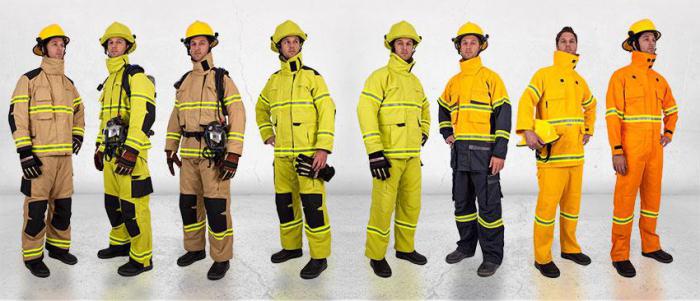
Third level
Fighting clothing and equipment of the third level firefighter is designed to work in low temperatures. It is made of vinyl leather. also issued for the commanding staff and workers of firefighters. The least degree of protection is used by fire truck drivers as well as safety inspectors.
All of the listed types of firefighter's combat clothing are available for each employee. And depending on the incoming call, he puts on equipment that is more adapted to the conditions.
Full ammunition
The firefighter's combat clothing contains the following basic elements, without which high-quality and safe work cannot occur: 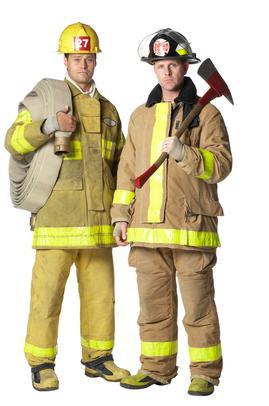
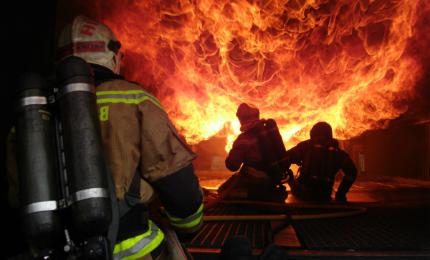
Main characteristics of fireproof clothing
All combat clothing of a firefighter has special properties to prevent the characteristics of combat clothing of firefighters have the following qualities, which are shown in the table:
Specifications | Firefighter combat clothing |
||
First level | Second level | Third level |
|
All clothing is resistant to strong heat flux | |||
Resistant to open fire | |||
Thermal conductivity, which lies in the temperature range from +50 to +150 degrees | |||
All clothing is resistant to the gas-air environment at a temperature of no more than +300 degrees | |||
Clothes of all levels are resistant to contact with surfaces heated to +400 degrees. | |||
Each level of firefighting clothing has its own oxygen index, which is expressed as a percentage | |||
Donning speed
Fire fighting equipment should not only protect the worker from accidents, but also be comfortable. Putting on a firefighter's combat clothing is prescribed in the regulations and has a strictly allotted time. 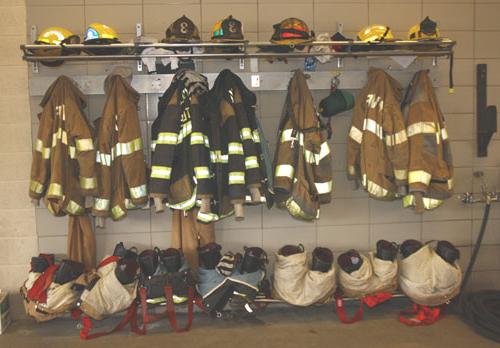 As soon as the signal "Alarm" or "Combat clothing and equipment - put on" passed, firefighters begin to get dressed. By the end of the allotted time, the worker should be fully clothed and buttoned up. It is allowed to zip up while sitting in a combat vehicle that goes to a call. If a heat-reflecting suit is required, two people put it on, helping each other. As soon as the command “Take off combat clothes and equipment” sounded, the firefighters undress.
As soon as the signal "Alarm" or "Combat clothing and equipment - put on" passed, firefighters begin to get dressed. By the end of the allotted time, the worker should be fully clothed and buttoned up. It is allowed to zip up while sitting in a combat vehicle that goes to a call. If a heat-reflecting suit is required, two people put it on, helping each other. As soon as the command “Take off combat clothes and equipment” sounded, the firefighters undress.
Primary requirements
There are several mandatory requirements for the design of combat clothing that must be met in accordance with all the rules:
- The jacket should have wristbands made of dense fabric on the sleeves.
- A hood is required, which will be worn on the helmet.
- The collar of the jacket must be at least 100 mm high. On the inside there should be a "hem" made of white, which protects the skin from allergic reactions and meets all hygienic requirements.
- The main part of the jacket must have a large pocket for the radio station. It must be closed with a special valve that protects against moisture ingress.
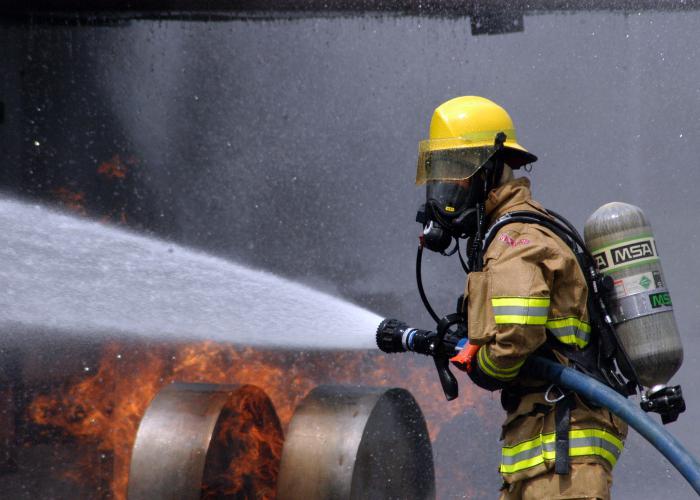
- Special belt loops on jackets are needed to secure the rescue harness.
- All seams must be made in accordance with GOST. If necessary, additional sealing of the seams is carried out.
- The color of the clothes is of great importance, since in extreme conditions the firefighter must be visible from a great distance.
Conclusion
All combat clothing is designed to withstand the most extreme conditions. It is she who prevents the occurrence of accidents and injuries when extinguishing fires. Each level of clothing is made of quality materials that are impregnated with special protective solutions. Equipment is selected individually for each person. If necessary, a uniform can be sewn for a firefighter according to a special order, taking into account the peculiarities of his physiology. Shoes and additional equipment are also matched exactly to the size. Nothing should dangle or, conversely, be back to back. When choosing clothes, remember that you need to purchase them only in specialized stores and from trusted suppliers.






